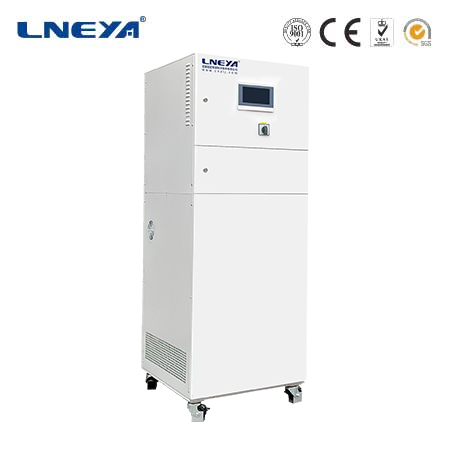portable heater temperature control
Portable Heater Temperature Control: Ensuring Comfort and Safety
Portable heaters are widely used in homes, offices, workshops, and other settings where localized heating is required. Effective temperature control in these devices is crucial not only for comfort but also for safety and energy efficiency. Advances in technology have led to a variety of portable heaters with sophisticated temperature control mechanisms.

Types of Portable Heaters and Temperature Control
Portable heaters can be classified based on the heating element and the method of temperature control they employ:
Electric Heaters: These heaters use electrical resistance to generate heat. They often feature thermostats that allow users to set a desired temperature, and the heater will automatically turn on or off to maintain that temperature.
Infrared Heaters: These heaters emit infrared radiation to directly heat objects and people in the room. Some models come with temperature controls that adjust the intensity of the heat output.
Microwave and Inductive Heaters: These use electromagnetic fields to heat materials with high water content, offering precise temperature control for specific applications.

Smart Space Heaters: As mentioned in the review of the Govee Space Heater, these heaters integrate smart technology, allowing for remote control via mobile apps or voice commands through smart home systems. They often include safety features like tip-over switches and overheating protection.
Temperature Control Mechanisms
The temperature control in portable heaters can be achieved through various mechanisms:
Thermostat: A built-in thermostat monitors the room’s temperature and adjusts the heater’s output to maintain the set temperature.
Microprocessor Control: Some advanced heaters use microprocessors to regulate temperature more precisely, offering custom heating profiles and energy-saving modes.
Indirect Temperature Measurement: As described in a study on a portable microscale cell culture system, indirect temperature measurement and mathematical modeling can be used to estimate and control temperature in hard-to-reach or sensitive areas.
Feedback Control: This method involves monitoring the output and adjusting the input to achieve the desired temperature, which is particularly useful in maintaining stable temperatures in dynamic environments.
Safety Features

Safety is a paramount concern in portable heater design. Key safety features include:
Tip-Over Switches: These switches turn off the heater if it is knocked over, reducing the risk of fire.
Overheating Protection: Built-in sensors monitor the heater’s temperature and shut it down if it exceeds a safe level.
Anti-Tilt Mechanisms: Some heaters are designed to automatically shut off if they are tilted or not placed on a flat surface.
Maintenance and Efficiency
Regular maintenance of portable heaters is essential for ensuring their safe and efficient operation. This includes cleaning the heating elements, checking for any damage, and ensuring that the temperature control mechanisms are functioning correctly. Efficient operation can also be enhanced by using heaters with energy-saving features and by properly insulating the space being heated.
Innovations in Portable Heater Technology
The field of portable heating is continuously evolving, with innovations such as microheaters that offer precise temperature control and rapid response times. These heaters are particularly useful in applications where compact size and precise control are essential, such as in microfluidics and cell culture systems.
Conclusion
Portable heater temperature control is a critical aspect of ensuring comfort, safety, and energy efficiency. With advances in technology, users now have access to a wide range of heaters with sophisticated control mechanisms and safety features. As the market continues to evolve, we can expect to see even more innovative solutions that enhance the performance and usability of portable heaters.
Related recommendations
1.5 ton water chiller
492Introduction to 1.5 Ton Water ChillersA 1.5 ton water chiller is an industrial cooling system designed to remove heat from various processes, providing a cooling capacity of 18,000 BTU/HR. These c...
View detailswater cooled cooling system
467Water-Cooled Cooling Systems: An In-Depth Analysis Water-cooled cooling systems play a critical role in maintaining optimal temperatures in various industrial and commercial applications. These...
View detailsevaporative chillers
377Evaporative Chillers: A Comprehensive Guide Introduction In the quest for sustainable and cost - effective cooling solutions, evaporative chillers have emerged as a popular option. These c...
View detailsindustrial water chiller plant
528Introduction to Industrial Water Chiller Plants Industrial water chiller plants are essential cooling systems used in industries such as manufacturing, pharmaceuticals, and food processing. The...
View details
 LNEYA Thermal Test Chillers
LNEYA Thermal Test Chillers





HelloPlease log in